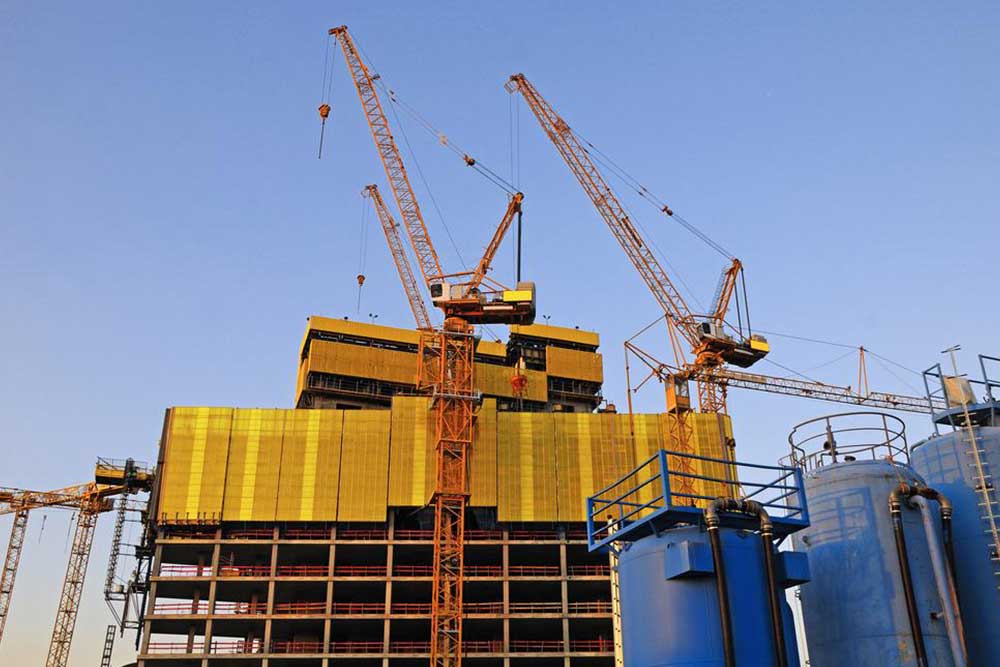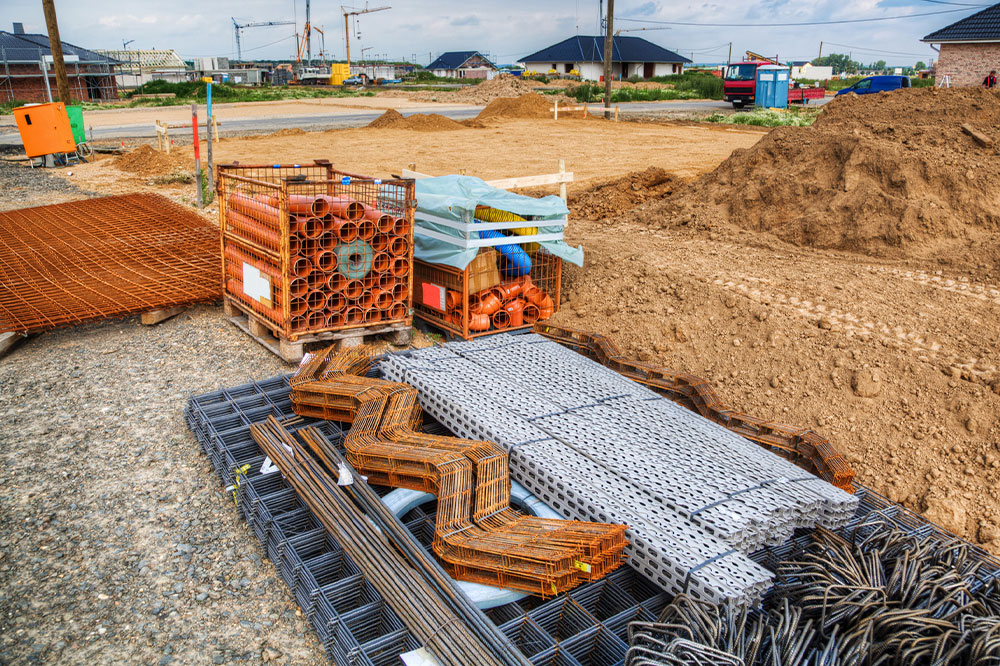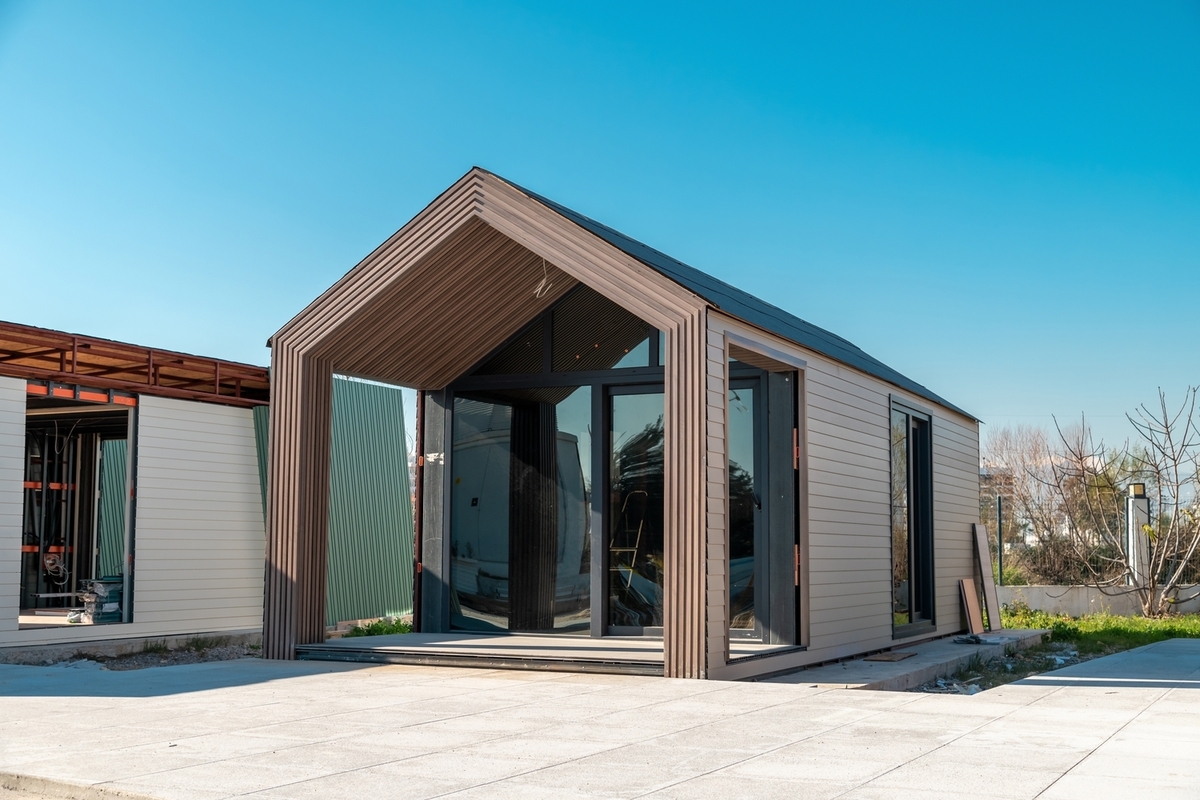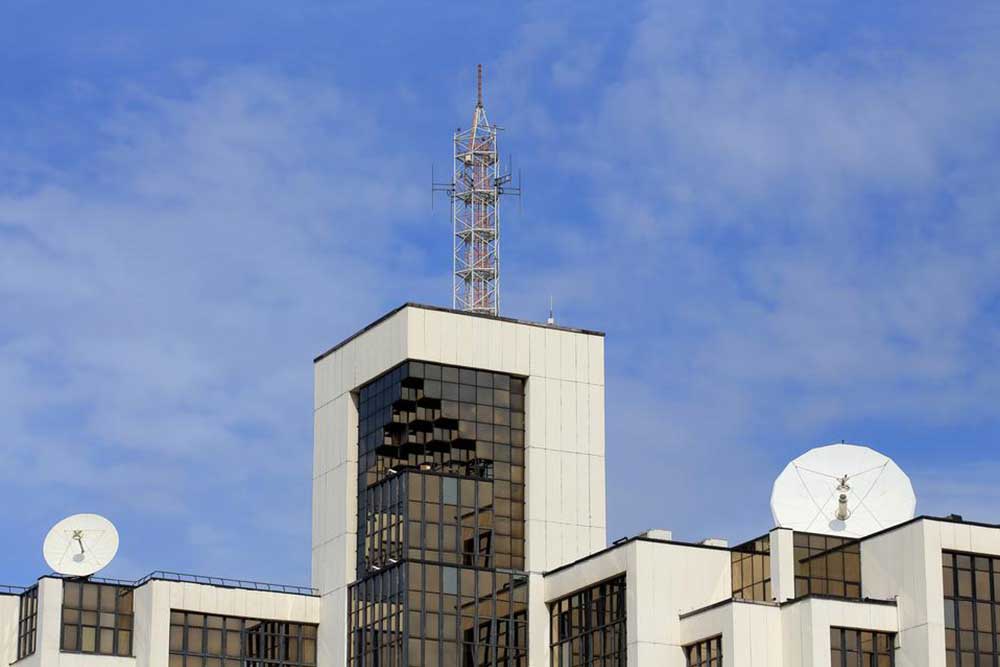Key Factors Influencing Steel Building Costs
Discover the main factors that influence the costs of steel buildings, including design complexity, steel market prices, fuel expenses, and bulk purchasing advantages. These insights help project planners estimate and manage construction budgets effectively.
Sponsored
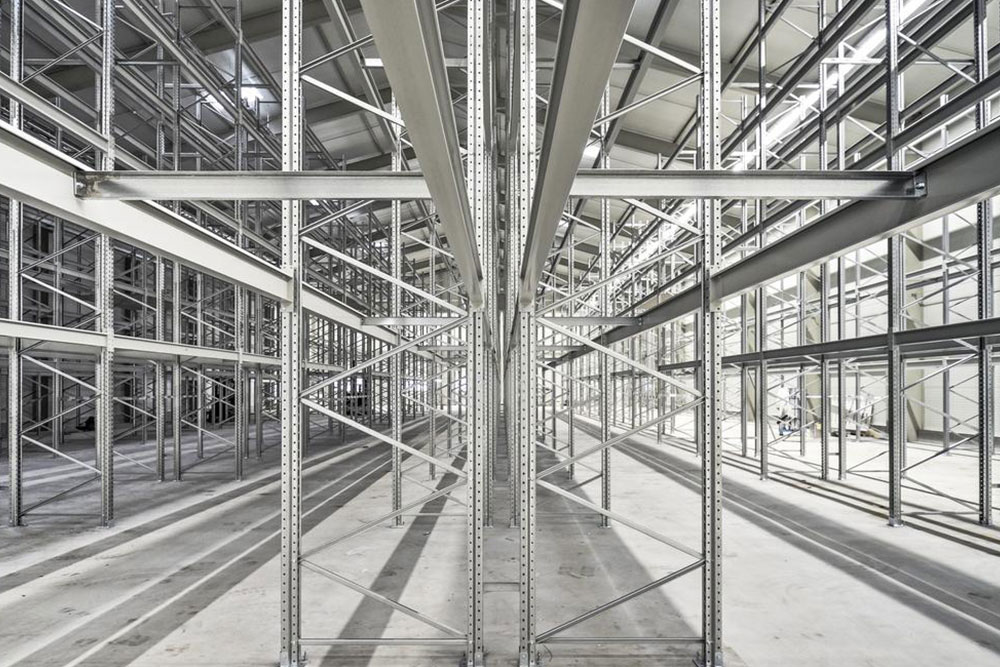
Estimating the price of a steel structure involves considering three main elements: project location, building design, and material costs. The total expense depends on various factors tied to construction specifics. Understanding these can help accurately determine the budget for steel building projects.
Design Considerations
The building’s design significantly impacts the amount of steel and work involved. Smaller, lightweight designs typically require less steel and structural engineering, reducing costs. Structural demands are influenced by regional factors such as wind, snow, seismic activity, and whether the structure is enclosed or open, all affecting steel selection and pricing.
Steel Market Pricing
The cost of steel varies daily. To estimate project expenses precisely, contractors must consider current steel prices, acknowledging they may fluctuate before project initiation. Market demand and global economic conditions influence steel prices over short and long periods, impacting overall project budgets.
Fuel Expenses
Fuel costs directly affect transportation expenses in steel supply chains, from suppliers to factories and then to construction sites. Although global oil prices change gradually, sudden shifts due to political or economic factors can influence transportation costs.
Bulk Procurement Benefits
Purchasing steel in large quantities can significantly lower overall costs. While individual clients may find bulk buying challenging, large manufacturers often receive discounts, savings that are passed to the end customers, reducing project expenses.


